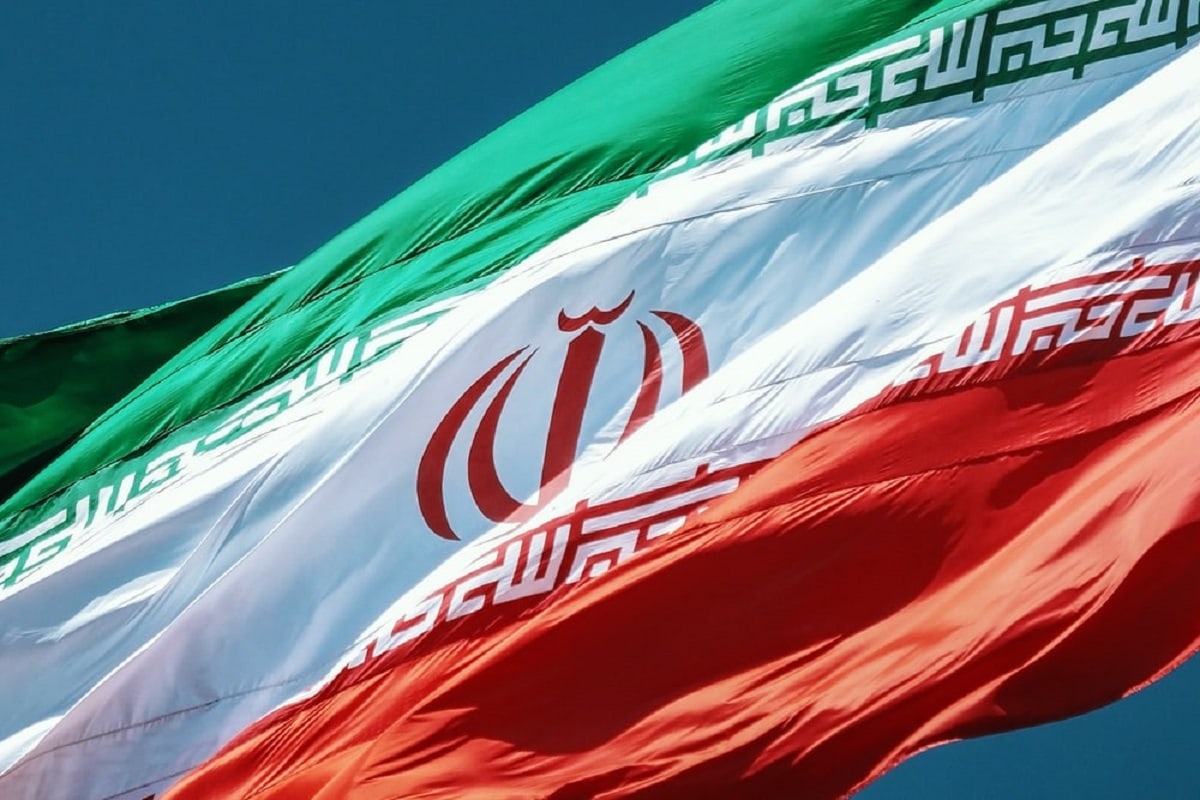Some observers interpret recent events in Iran as signals that Tehran might be moderating its law enforcement practices. These supposed indications include comments by Iran’s attorney general that the operations of the Morality Police would be suspended, as well as a conciliatory statement by Iran’s supreme leader that women with bad hijab practices are still children of the revolution.
But the appointment of hardliner Ahmad-Reza Radan as national police chief is the latest reminder that the Iranian system is unreformable.
Radan was born in 1963 in Esfahan Province and began his career with service in the Basij and the Islamic Revolutionary Guard Corps — as is tradition among commanders of the Law Enforcement Command of the Islamic Republic. He fought during the Iran-Iraq War, and he later served as provincial LEC commander in multiple provinces — Kurdistan, Sistan and Baluchestan, Khorasan Razavi, and later Tehran.
Radan’s promotion to the senior ranks of the LEC — especially the key Tehran commandership — coincided with the election of conservative Mahmoud Ahmadinejad as president in 2005. Ahmadinejad installed hardline figures throughout the Interior Ministry, which nominally oversees the LEC. At the dawn of Ahmadinejad’s administration, the infamous Morality Police was formed “to spread the culture of modesty and hijab.” In 2007, Radan proclaimed that the police “start…a drive against women who wear improper dress. Tight trousers tucked inside long boots while wearing short overcoats are against Islamic codes. Wearing a hat or cap instead of scarves is also against Islamic dress codes.” That same year, Radan launched a “Public Security Plan,” showcasing video recordings of arrests and beatings of criminals. He was known for shuttering barber shops over offensive hairstyles.
In recognition of his adherence to Islamic Republic mores and brutality, Radan received another promotion when in 2008 he was named deputy chief of the LEC. It was during his tenure that Radan formed an integral part of the dragnet that suppressed the 2009 Green Movement demonstrations. He not only was part of the top brass when the crackdown occurred, but also “personally participated in the beatings and ill-treatment of detainees” at the Kahrizak Detention Center. For this record, the U.S. government sanctioned him in 2010. The European Union soon followed, imposing restrictive measures on him in 2011. Radan was such a practiced batterer that Tehran dispatched him to Syria as deputy chief of LEC in April 2011. There, he conferred with Syrian authorities and “provided expertise to aid in the Syrian government’s crackdown on the Syrian people,” for which he was sanctioned in 2012.
Radan left his post as the deputy chief of LEC in 2014. Later he became the head of LEC’s Center for Strategic Studies. This put him notably outside the chain of command during the presidency of Hassan Rouhani, who was considered more pragmatic than Ahmadinejad and spoke out publicly against some police excesses, saying “you can’t send people to heaven by the whip.” During this period, in 2017, the commander of the LEC in Tehran Hossein Rahimi called for a ”society-oriented, educational approach” to those found to be violating Islamic values. But this amounted to changes in enforcement that were cosmetic and short-lived. Despite Rouhani’s rhetoric, the Mullahs remained in control, with Ayoub Soleimani, Ashtari’s then-deputy chief, playing a leading role in suppressing anti-hijab protests in July 2019. As the U.S. Treasury Department noted in his sanctions designation, “he issued statements that the security forces would forcefully confront women who were not abiding by the Iranian dress code.”
Radan’s career outline is broadly consistent with his predecessor, Hossein Ashtari. Both served as deputy LEC chiefs, although Radan had more provincial command experience. Notably, Supreme Leader Ali Khamenei decided not to promote Qasem Rezaei, Ashtari’s deputy commander. This stands in contrast to Ashtari’s own direct elevation from deputy commander to commander.
This move by the supreme leader likely signaled a desire for Radan’s ideological orientation and skillset. Radan once framed improper hijab practices as “part of the enemy’s soft war against us.” His ascendance at LEC would demonstrate the Iranian establishment’s desire to more fully reinvigorate the atmosphere that was in place during the Ahmadinejad era. That, combined with Radan’s experience at the helm of multiple provincial LEC commands in restive provinces, and his experience during the 2009 Green Movement, signals Khamenei’s desire for a more hardened figure in the top LEC job.
Khamenei has reshuffled police commanders amid protests before. In 2000, in the aftermath of student protests in July 1999, Khamenei replaced Hedayat Lotfian with Ghalibaf as LEC chief. There have been indications Khamenei was dissatisfied with the LEC’s performance, even criticizing Ashtari. He hinted at this in Radan’s appointment announcement, highlighting the need for improvements to capabilities, dignity of personnel, and training. In fact, Ashtari served less time in the post — over seven years — than his immediate predecessor, Esmail Ahmadi-Moghaddam, who was LEC chief for close to a decade.
Radan’s ascendance is a signal from Khamenei that rather than being serious about responding to the Iranian people’s demands, he is doubling down, fearing that compromise begets expectations for more compromise. This explains why revolutionary sentiment is in the air, with the gap between state and society widening over a system at a dead end.
Jason M. Brodsky is the policy director of United Against Nuclear Iran (UANI). His research specialties include leadership dynamics in Iran, its security services, and the regime’s proxy and partner network. He is on Twitter @JasonMBrodsky.

